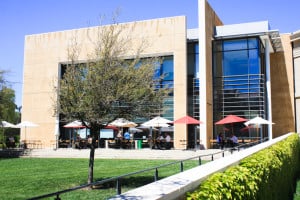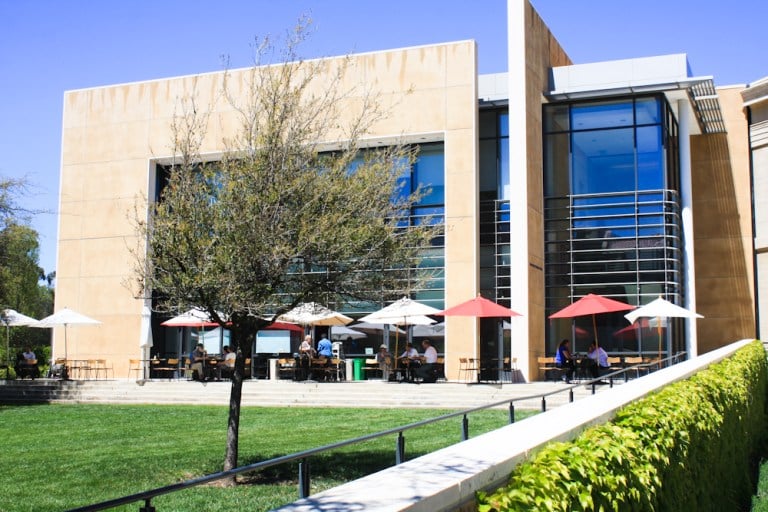More than 100 works of art from the Cantor Arts Center have been made available online for in-depth public viewing through a new partnership between the Center and the Google Art Project.

The Google Art Project offers high-resolution images of more than 40,000 works of art from 200 institutions across the globe, including the Metropolitan Museum of Art, the Musee d’Orsay and the Tate Modern.
The project allows online visitors to zoom in and explore the art, save a work of art in their personal “gallery,” share it with friends or start a Google hangout to discuss a particular piece with others.
Each piece of artwork comes accompanied by a description of the artist, the medium and information about the work’s creation. For some works, viewers can watch videos or listen to audio files, or trace where the artist was born and died on a map.
“[The Google Art Project] uses a combination of various Google technologies and information provided by our museum partners to really create a unique online experience, so people can explore a wide range of artwork at brushstroke-level detail,” Google spokesperson Rebecca Ginsberg said.
Connie Wolf ’81, director of the Cantor Arts Center, said that Google contacted Cantor about a possible partnership in the fall, with the works uploaded on April 3. Wolf said she was “really excited” about the opportunity to add some of Cantor’s works to the project.
“We [are becoming] part of the dialogue about art around the world that’s accessible,” Wolf said. “We’re just so happy to be part of that and to make sure that the work in our collection is accessible to people all over the world.”
According to Wolf, the 105 works that were chosen for the Google Art Project are representative of the museum’s 36,000-item collection. Selected works range from “Brothel Scene (Dans le Salon d’une Maison Close),” a monotype by Edgar Degas, to “Georgia Granite Circle,” a marble sculpture created by Richard Long.
“The Cantor is such an encyclopedic museum—it covers so many continents, so many thousands of years, so many kinds of styles,” Wolf said. “We decided that we were looking at each department of the museum, having 10 objects in it to give a flavor of what we do, so people could learn a little bit about the museum.”
Wolf referenced The Last Spike, a golden ceremonial spike that was forged in San Francisco and connected the Central Pacific and Union Pacific railroads, as one of the collection’s more famous pieces that is now available online.
“Having the gold spike there really speaks about the history of the museum, the history of the campus and of America, so it’s very exciting to have that,” Wolf said.
While Wolf expressed enthusiasm about sharing some of Cantor’s artwork with viewers around the world, Nancy Troy, chair of the Department of Art and Art History, emphasized various differences between viewing a piece of art online and in person, including the scale of the work, the accuracy of the colors and the relationship of the individual object to the works around it.
“Many of these features of your visit to a museum signify that the work you’re seeing is special, that they are valuable and that these objects have a cultural value,” Troy said.
Troy claimed that as more art becomes widely available for online viewing, museums will have to convince visitors of the merits of seeing art in person and may struggle to “retain the freshness” of works that can be viewed online in high-definition.
“I think it is up to museums to help potential visitors understand the difference in experience and kind of mediate the widespread availability and reproducibility of the objects,” Troy said.
While Troy acknowledged uncertainty over whether or not art students will take advantage of Cantor’s online offerings, Ginsberg said that Google was optimistic about the collaboration.
“We were thrilled to partner with Stanford on this. The collection is obviously amazing,” Ginsberg said. “We have a long history with Stanford. It’s our neighbor out there and so we’re glad that they were interested in joining the project.”
